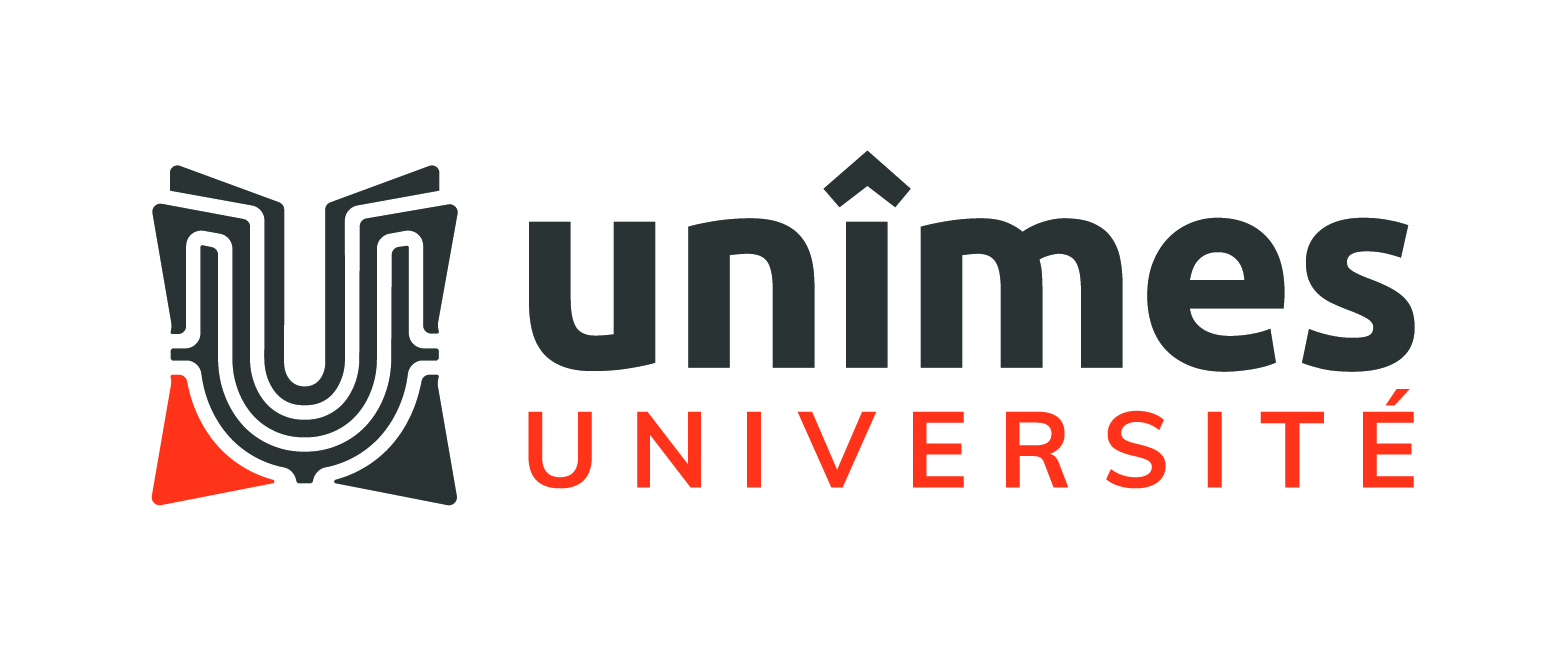Lithospheric origin for Neogene-Quaternary Middle Atlas lavas (Morocco): Clues from trace elements and Sr-Nd-Pb-Hf isotopes
Résumé
This study presents new geochemical data on 26 mafic lavas from the Middle Atlas and Central Morocco volcanic provinces, including Miocene nephelinites and Pliocene-Quaternary (3.9-0.6Ma) nephelinites, basanites, alkali and subalkaline basalts. Most of them represent near-primary magmas, although some alkali basalts were derived from the minor fractionation of olivine and diopside phenocrysts. These evolved samples and the subalkaline basalt display higher 207Pb/204Pb and Zr/Nb ratios and lower εNd consistent with their contamination by lower crustal granulites during an open fractionation process. The progressive enrichment in incompatible elements observed from alkali basalts to nephelinites suggests their derivation from decreasing partial melting degrees of an enriched mantle source located at the garnet-spinel transition zone. The strong negative spikes observed for K in multielement patterns indicate that this source contained a residual pargasitic amphibole. We propose that partial melting occurred at around 2GPa, i.e. near the lithosphere-asthenosphere boundary beneath the Middle Atlas (60-80km).The trace element and isotopic Sr-Nd-Pb-Hf signature of the uncontaminated lavas displays a geochemical flavour intermediate between those of high μ (HIMU), "C", and enriched mantle components. It is very similar to that of abundant metasomatic amphibole- and clinopyroxene-rich lithospheric peridotites and pyroxenites carried by Middle Atlas lavas, which likely represent an analog of the source of these lavas. It is therefore not necessary to postulate the contribution of a "fresh" asthenospheric mantle to their genesis. We propose that they resulted from the partial melting of the base of a veined lithospheric mantle metasomatised during the late Cretaceous by alkaline melts from the Central Atlantic plume, the ancestor of the Canary plume. Melting was probably triggered by the flux of a hot mantle within a regional SW-NE sub-lithospheric channel, in response to either the Alboran slab retreat or edge-driven convection around the West African craton.
